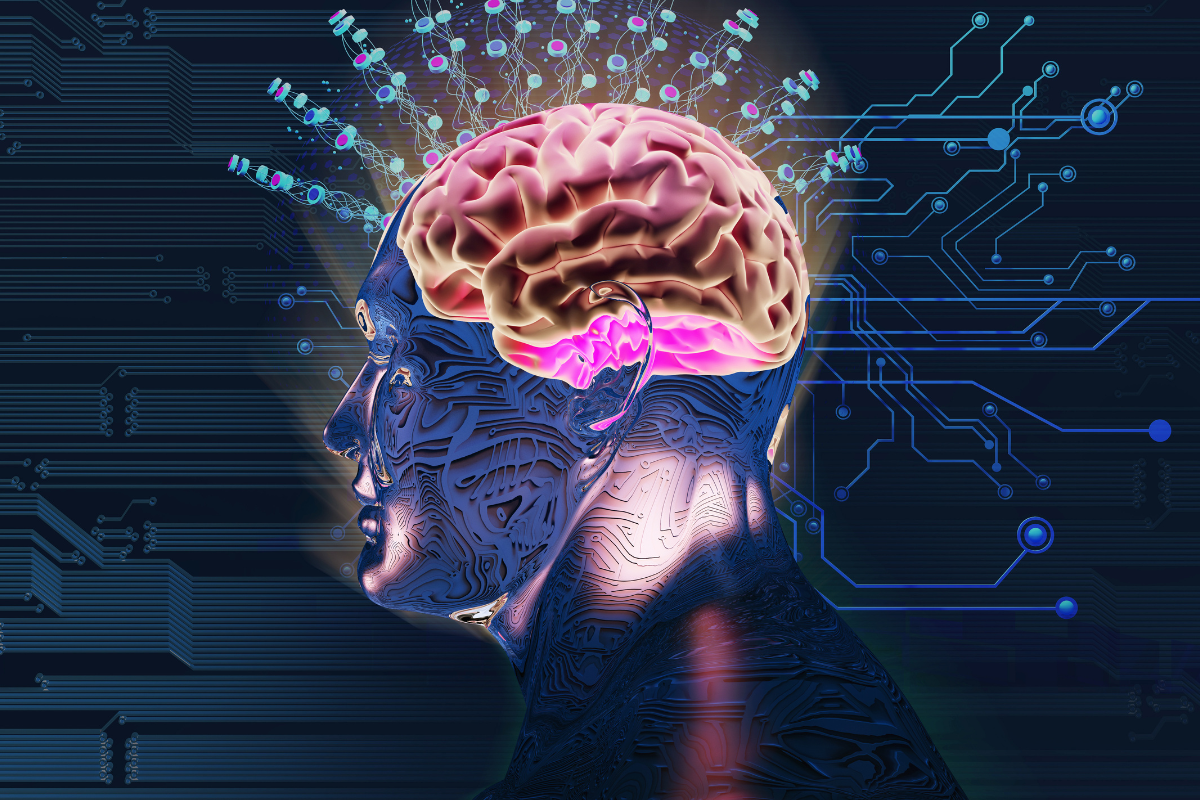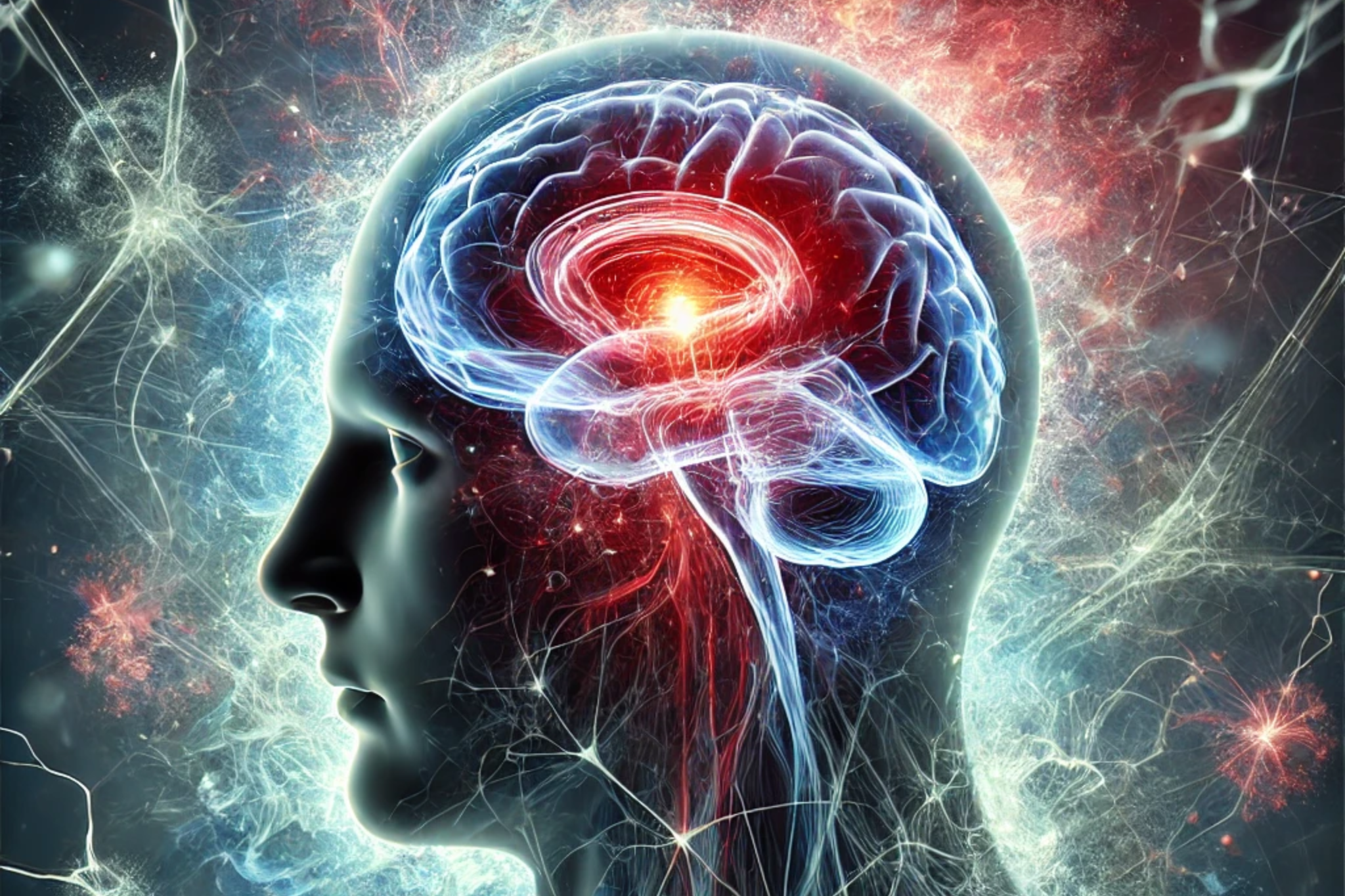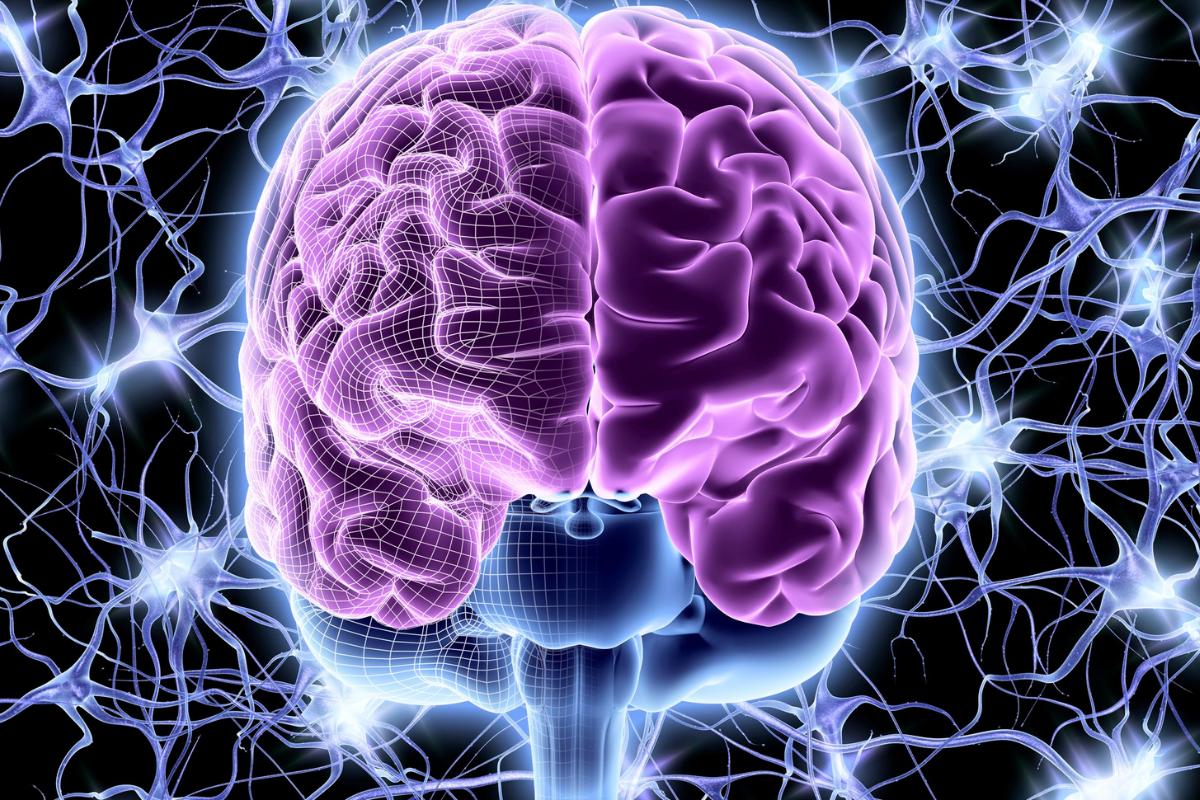A dementia covers a set of symptoms characterized by a progressive decline in cognitive functions. Although it is seen as a natural consequence of ageing, its origin is related to biological processes, neurodegenerative diseases, chronic inflammation and metabolic and vascular factors.
Understanding its types, causes, physiological mechanisms and consequences in the body is essential for early diagnosis and effective interventions.
What is dementia
Unlike the common forgetfulness associated with ageing, dementia is a condition that results from irreversible damage to brain cells. It involves the persistent and progressive loss of intellectual functions.
Definition and concept
The American Psychiatric Association classifies dementia as a major neurocognitive disorder characterized by the progressive deterioration of cognitive functions. The condition affects abilities such as language, memory, reasoning, judgment and attention.
Difference between dementia and delirium
Delirium is an acute or sub-acute confusional state, characterized by fluctuations in alertness, disorientation in time or space, inattention, as well as a lack of ability to think clearly. It is a sudden situation, without the gradual and cumulative progression that characterizes dementia.
On the other hand, dementia has a gradual onset, usually affecting mainly memory, and not necessarily attention, as occurs in delirium. Dementia occurs insidiously (slowly and progressively).
Types of dementia
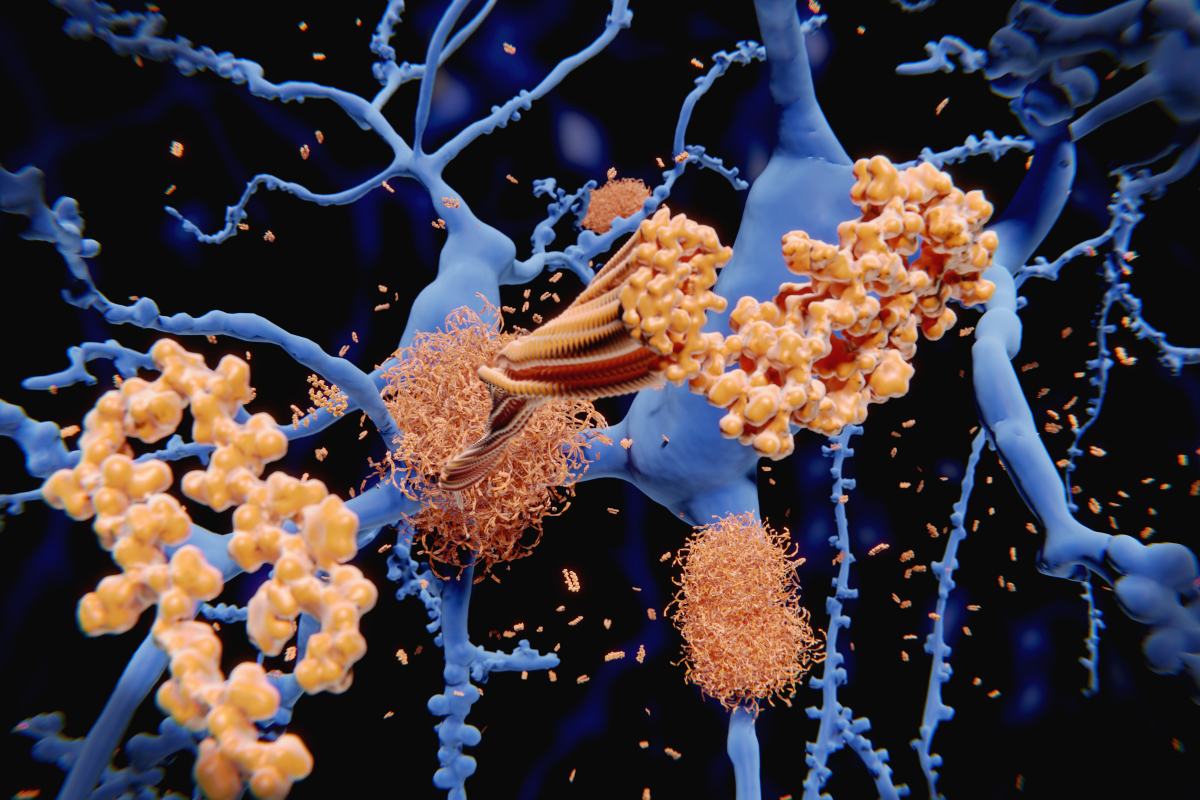
There are several subtypes of dementia, as dementia is a syndromic disease from a clinical point of view, bringing together signs and symptoms of cognitive and functional loss that can occur in different diagnoses.
Dementia in Alzheimer's disease
Alzheimer's disease is the most common type of dementia, accounting for 60% to 80% of cases, according to data from the American Psychiatric Association.
People affected by this disease lose neurons that work in the areas of the brain responsible for memory and cognition. This is because the abnormal cumulative deposits of beta-amyloid protein in brain tissue and tau protein in neurons cause, respectively, the formation of senile plaques and neurofibrillary tangles that interrupt cellular activity and cause neuronal death.
Vascular dementia
Vascular dementia is caused by brain damage resulting from changes in the brain's blood circulation, such as that which occurs in a stroke. The symptoms of vascular dementia, including cognitive problems, can vary according to the area of the brain affected.
Frontotemporal dementia
This type of dementia is the result of a neurodegenerative process, mainly in the frontal and temporal lobes of the brain. The clinical characteristics of frontotemporal dementia are related to the loss of functions performed by these brain regions.
The frontal lobe is responsible for higher cognitive functions such as planning, decision-making, inhibitory control, emotional regulation, social behavior and language. The frontal lobe is also involved in voluntary movement, as it houses the primary motor cortex.
The temporal lobe is responsible for processing sensory information, such as sounds, images and smells, and for creating memories. The region is also important for communication, understanding language and processing emotions.
Lewy body dementia
A condition often confused with Parkinson's disease, Lewy body dementia is related to the formation of alpha-synuclein proteins in the nervous system, forming Lewy bodies. These structures damage the neurons and progressively compromise the motor, cognitive and behavioral functions of those with the disease.
Symptoms usually include changes in sleep and mood, hallucinations, tremors and muscle rigidity. In addition, there is a reduction in the activity of acetylcholine, a neurotransmitter that is essential for memory and cognition.
Dementia in Parkinson's disease
Parkinson's disease doesn't just affect the motor area, it can also cause serious cognitive problems and dementia in more advanced stages, causing problems with memory, concentration and changes in the sufferer's mood.
Dementia in Huntington's disease
Huntington's disease is hereditary and causes involuntary random movements, psychiatric changes and mental deterioration. The parts of the brain that help coordinate movements degenerate, and mental function loses strength in relation to self-control and memory.
The gene for the disease is dominant, which means that people who inherit just one abnormal gene from their parents have a significantly increased chance of developing it. According to information quoted in MSD Manualthe probability is 50%.
Mixed dementia
Mixed dementia occurs when more than one of these dementias affects the same person. A common example is Alzheimer's disease associated with vascular cognitive impairment and dementia.
Main symptoms of dementia
Symptoms can differ according to the subtype of the disease, but there are common features.
Initial symptoms
The first symptoms of dementia are usually mild, including:
- loss of memory of recent events;
- difficulty thinking abstractly, carrying out many activities, understanding language or using common sense;
- unstable and unpredictable emotions;
- mental confusion;
- personality changes.
Intermediate symptoms
As a progressive form, the symptoms of dementia worsen and expand, making it difficult to carry out the following activities:
- remember past events;
- learn something or remember new information;
- daily tasks such as bathing, eating, going to the toilet and getting dressed;
- keeping track of time and knowing where you are;
- recognizing people or objects;
- control their behavior;
- understand what you hear or see.
It is estimated that the mental confusion of dementia causes symptoms of psychosis, delusions and hallucinations or paranoia in around 10% of people affected by the disease.
Advanced symptoms
Over time and without the right treatment, people with dementia lose their memory completely, may not recognize close family members and are unable to follow a rational conversation.
Late symptoms of the disease include interference with muscle control. As a result, the person is unable to walk or perform simple tasks such as eating.
Physiological effects of dementia
The degenerative process of the disease results in structural and functional changes in the central nervous system, affecting different brain regions.
Changes in the central nervous system
Parkinson's and Alzheimer's dementia cause different abnormalities in the development of brain tissue.
Neuronal degeneration
In Parkinson's disease, the nerve cells in part of the basal ganglia, called the substantia nigra, degenerate, producing less dopamine and reducing the number of connections between cells. As a result, muscle movement is impaired and there is a loss of coordination.
Formation of plaques and tangles
This is a dementia-like change in Alzheimer's disease. Neuritic plaques are dead cells surrounding a beta-amyloid core. Neurofibrillary tangles, on the other hand, are braided strands of proteins inside neurons.
Impact on the cardiovascular system
Dementia in people who have risk factors or symptoms of a stroke is classified as vascular dementia.
Relation to vascular diseases
Vascular diseases can contribute to the development of dementia. Risk factors include diabetes, hypertension, heart failure, hyperlipidemia, coronary heart disease and atrial fibrillation.
Changes in brain metabolism
A dysfunctional glucose metabolism is often found in people with dementia.
Glucose and oxygen consumption
Blood and glucose are responsible for our body's oxygenation process and for brain energy. Therefore, when a region of the brain does not receive the correct blood supply, it can deteriorate.
Biological effects of dementia
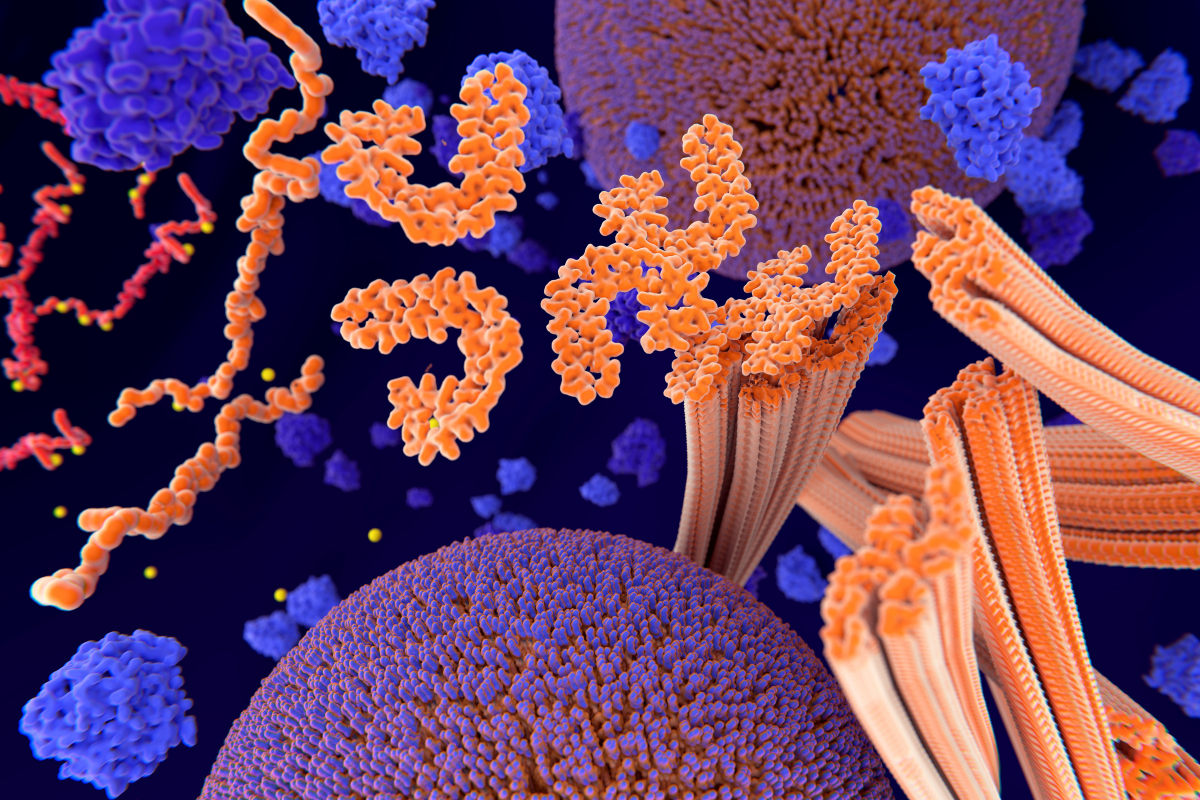
There is a complex interaction of genetic, molecular and inflammatory alterations that contribute to progressive neurodegeneration.
Genetic and molecular changes
The interaction between genetic and environmental factors plays an important role in the etiology of types of dementia.
Genes associated with dementia
Different studies point out the main genes associated with dementia: APP, APOE4, PSEN1 (presenilin 1), PSEN2 (presenilin 2), MAPT (tau protein) and SNCA (alpha-synuclein).
Abnormal proteins
In dementia due to Alzheimer's disease, changes occur, such as deposits of beta-amyloid and increased levels of tau, a component of tangles.
Inflammation and immune response
Chronic inflammation of the central nervous system is a clear factor in the progression of dementia.
The role of microglia and chronic inflammation
According to a study published in the journal NatureThe microglia have a neuroprotective function, degrading abnormal proteins such as beta-amyloid. However, in dementia, its prolonged activation leads to the excessive release of inflammatory cytokines, promoting neural damage.
Oxidative stress and cell damage
One study published in the National Library for Medicine reported that low glucose utilization in the brain can involve several aspects, such as insulin resistance, glycosylation and incorrect folding of proteins and accumulation of oxidative stress products, with cell damage effects.
Impact on the body as a whole
The symptoms of dementia have an impact on behavior, cognition and sense perception, often making it difficult to get along with family members.
Changes in behavior and cognition
Dementia patients suffer from impaired cognition, as their condition impairs their ability to look after themselves and their daily tasks.
As the disease progresses, the patient may find it difficult to cope with new situations and environments, as well as worrying about making mistakes during their routine. Behavioral problems such as anxiety, agitation, personality changes and depression are common.
Effects on sleep and circadian rhythms
People with Alzheimer's dementia or Lewy bodies often suffer from insomnia and become confused about day and night. Their perception in dim light is also compromised, making them more likely to misinterpret what they see.
Changes in sensory perception
In dementia due to Alzheimer's diseaseWith Parkinson's and Lewy bodies, all the senses can suffer alterations, such as visual acuity and loss of awareness of time and space.
Risk factors and prevention
Although there are no certain causes of dementia, some risk factors show the importance of regular medical monitoring in order to make a possible early diagnosis.
Genetic and environmental factors
The warning signs are:
- old age;
- family history of dementia;
- cardiovascular disease or diabetes;
- metabolic diseases;
- smoking and excessive alcohol consumption;
- sedentary lifestyle and unhealthy eating;
- exposure to pollutants and heavy metals;
- sleep deprivation and chronic stress.
In order to prevent it, it is therefore essential to keep your body and mind healthy, seeking out good daily practices and carrying out regular check-ups, as well as medical monitoring in the event of risk factors.
Diagnosis of dementia
Lack of memory tends to be the first sign noticed by family members, but in order to diagnose dementia it is necessary to carry out a full check-up of imaging and laboratory tests in order to rule out other possible causes of the symptoms.
Medical assessment
In the anamnesis, the doctor will ask the patient and their family a series of questions. The aim is to find out their medical history and important information for the diagnosis.
Mental function tests
The second step is to carry out a very simple mental state test, which consists of testing the patient's memory. This involves naming objects, writing and copying shapes, as well as remembering short lists. Neuropsychological tests may also be necessary.
Imaging and blood tests
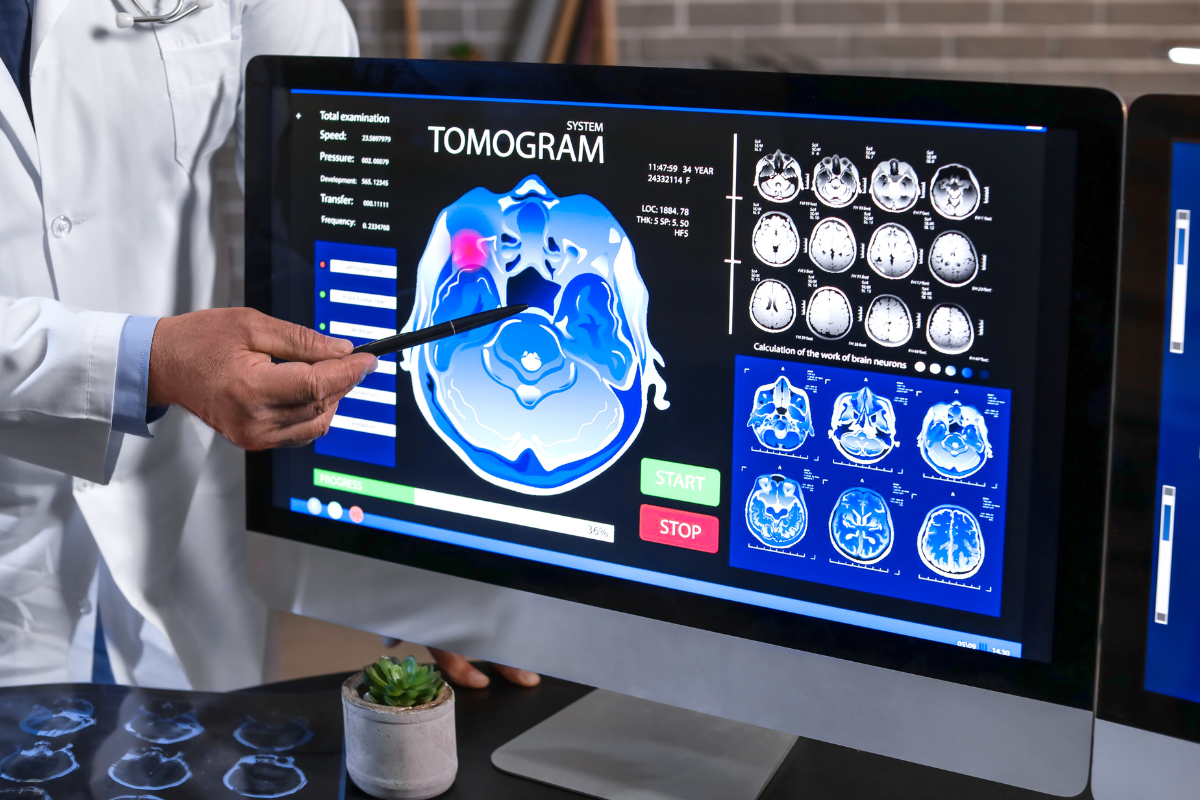
The blood test will measure thyroid hormone levels to analyze the presence of alterations and deficiencies in vitamin B12 levels. Computed tomography and magnetic resonance imaging are carried out during the initial assessment of dementia.
These tests are necessary to identify abnormalities that can cause dementia, such as stroke, brain tumor, subdural hematoma and normal pressure hydrocephalus.
If necessary, a single photon emission CT scan or positron emission tomography will help differentiate between different types of the disease, such as Alzheimer's, frontotemporal dementia and dementia with Lewy bodies.
Importance of early detection
Late detection leads to more serious complications of the disease, reducing the patient's quality of life. This is why identifying dementia early helps to establish cognitive therapies and medications that will slow down cognitive decline.
Need for psychiatric care
Dementia affects not only cognition, but also the patient's behavior, emotions and functionality. In this case, monitoring with a psychiatrist helps distinguish between dementia and other conditions, as well as helping to manage neuropsychiatric symptoms, adapt to the condition and support family members and caregivers.
The approach must be individualized, combining pharmacological and non-pharmacological interventions, such as behavioral therapies, cognitive stimulation and psychosocial intervention. All to offer more humanized and effective care.


